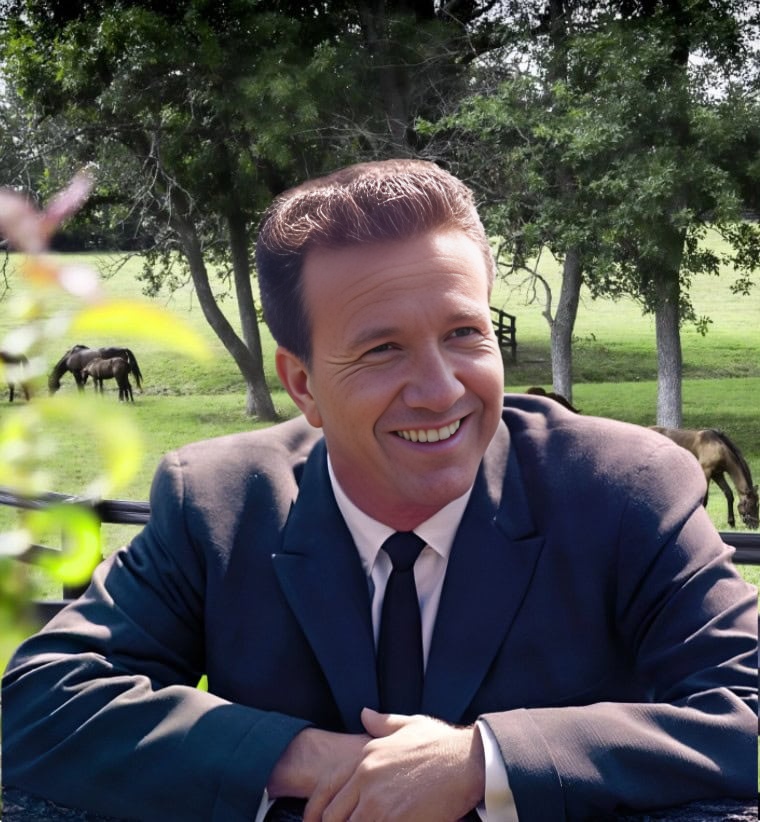
Marty Robbins, a name synonymous with the American West and the golden age of country music, etched his place in history with his iconic ballad, “Big Iron.” Born Martin David Robinson in 1925, Robbins was more than just a country singer; he was a multifaceted entertainer, excelling as a songwriter, actor, race car driver, and even a pilot. His musical career spanned decades, producing a diverse catalog encompassing country, pop, rock and roll, and even Hawaiian music. Throughout his career, Robbins garnered numerous accolades, including two Grammy Awards, inductions into the Country Music Hall of Fame and the Nashville Songwriters Hall of Fame, and multiple chart-topping hits.
“Big Iron,” released in 1959, became his signature song and a defining moment in his career. This Western ballad, driven by its distinctively twangy guitar riff and Robbins’s rich baritone, tells the legendary tale of a deadly gunslinger named Texas Red and his fateful encounter with the Arizona Ranger. The song is a classic story of good versus evil, courage, and the ultimate showdown. The narrative revolves around Texas Red’s reputation as a formidable outlaw and the stoic ranger who confronts him with only his “big iron on his hip,” a Colt Single Action Army revolver.
The song’s enduring popularity lies in its captivating narrative and its romanticized portrayal of the Wild West. Listeners were drawn to the vivid imagery and the thrilling suspense of the duel. “Big Iron” resonated deeply with audiences, becoming a staple on country radio and solidifying Robbins’s status as a master storyteller. Even today, the song maintains a strong cult following, frequently appearing in popular culture, from video games like “Fallout: New Vegas” to online memes, attesting to its enduring appeal and the timeless quality of its storytelling. The song’s lasting influence proves that the legends of the Old West continue to captivate generations.